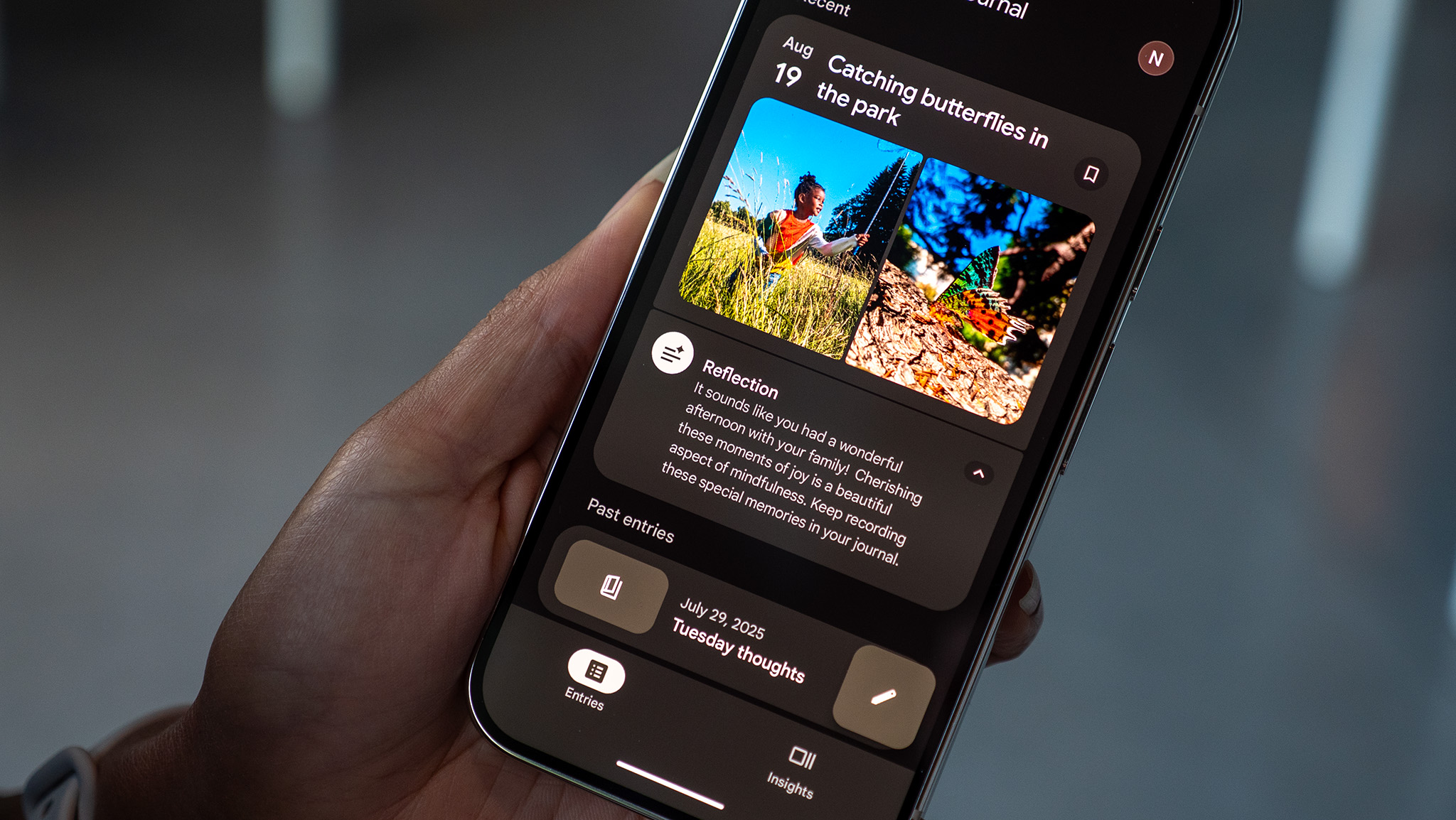It turns out we needed the notch more than we thought
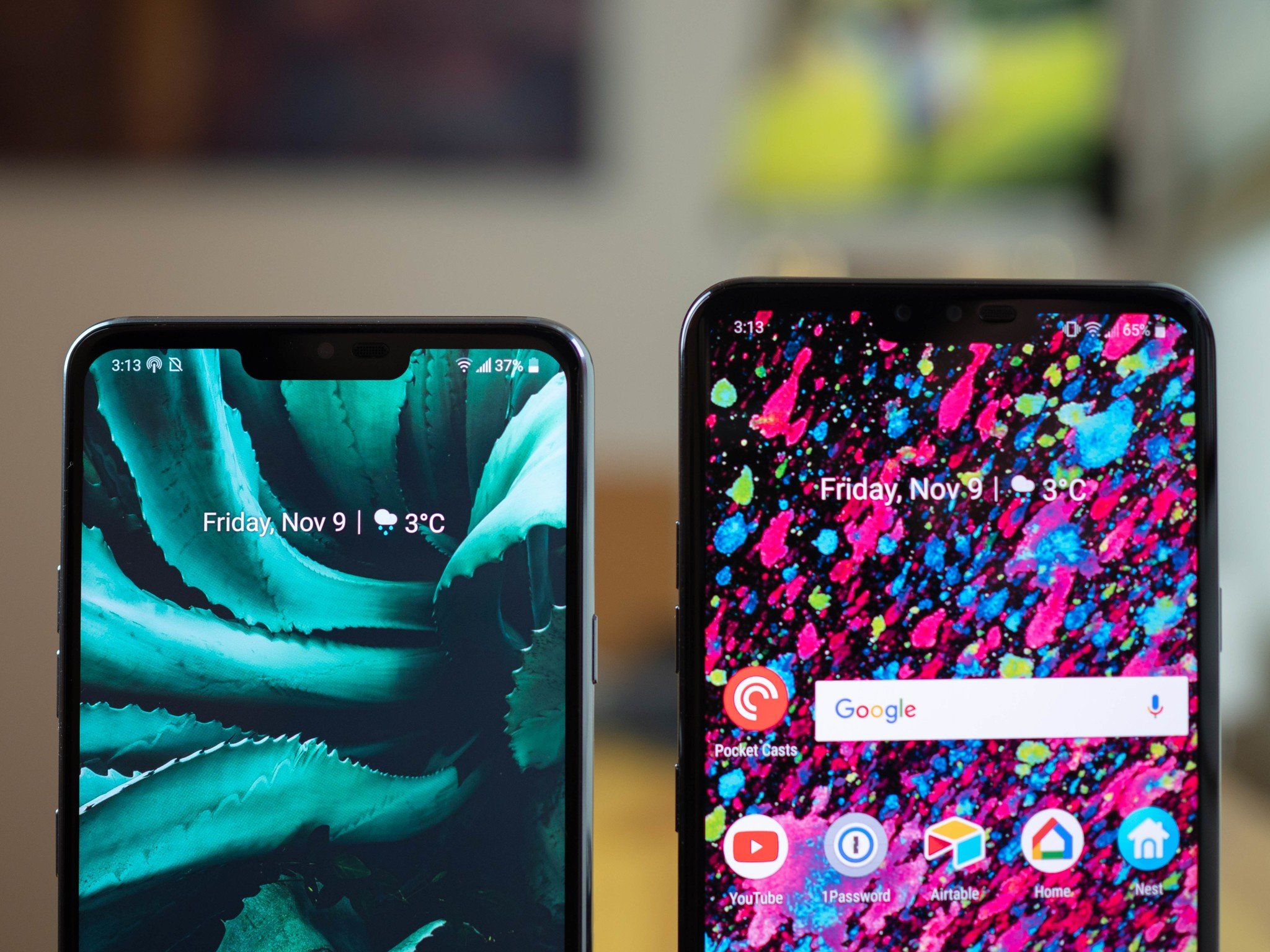
There isn't a plight more impressive in the world of smartphones than the rise of the notch. Uncelebrated as it is, the notch stands today as one of the most common design traits found in these little devices we love.
It's easy to point to the iPhone X as the reason for the notch's acceptability (though it wasn't the first of its kind to market, Essential was). After all, many manufacturers look toward Apple to set the trends because everything the Cupertino company do tends to work out no matter what. But I don't think it's just that Apple did it — it's because many smartphone users like the presence of the notch more than they think.
That's going to rub some of you the wrong way, but hear me out. You don't love the notch because it's a notch. You love the notch because of what it does for the rest of your user experience. Many begrudgingly admitted that the notch design does add more overall screen surface and that's something they can get behind, but in the same breath identified that the negligible amount of added viewing room was not worth the grotesqueness that must come with it.
You have to take the good with the bad.
Because of the notch, we learned that consumers really like taller aspect ratios and edge-to-edge displays. We learned that more powerful camera capabilities and more convenient security options up front were important. And just as importantly, we learned how many people don't want anything to do with that little black slab (or dot) of sadness.
Don't look now, but the notch is single-handedly getting us to the smartphone nirvana we all want. The polarized reception to this trend is important on both ends of the spectrum. Companies now have a better idea of where and how to focus their research and development efforts, and it will result in even better smartphones in the future.
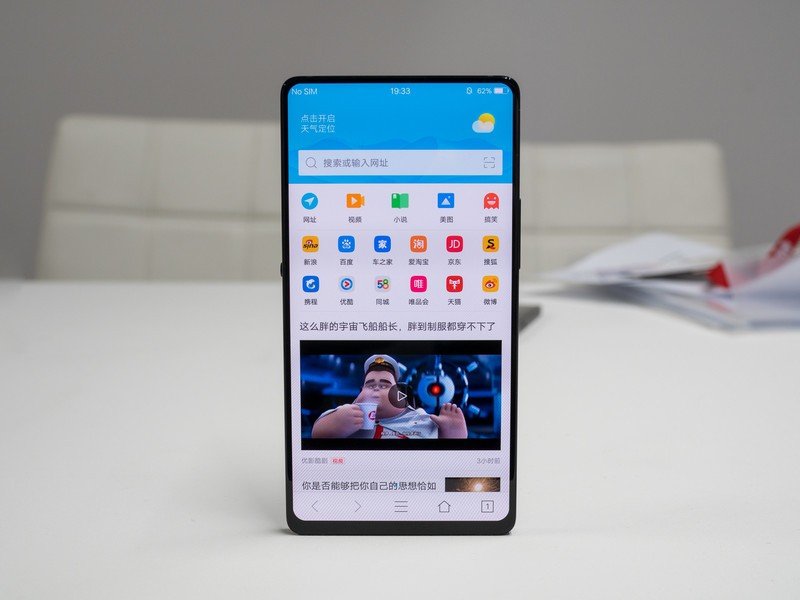
We're already seeing technological progress on the components that will bring us that future. Ultrasonic fingerprint sensors will allow companies to put the most popular biometric security option back in its most natural position without having to sacrifice screen real estate. And if they can figure it out, the ultimate dream is to be able to put those imaging sensors under the display, a move that would rid us of the notch and hole punch and any other weird display designs once and for all.
We needn't look that far back in history to find it repeating itself. The fingerprint sensor on the Motorola Atrix was horrible, and look where we are now. We thought all-glass designs were stupid until attenuation and wireless charging became bigger concerns. Secondary ticker displays seemed promising on paper, but after several failed attempts we now know no one cares about them. I will never forgive Kyocera for the Echo, but I can at least give it props for trying something different with the dual displays. (And would you look at that? Kyocera was actually onto something.)
Get the latest news from Android Central, your trusted companion in the world of Android
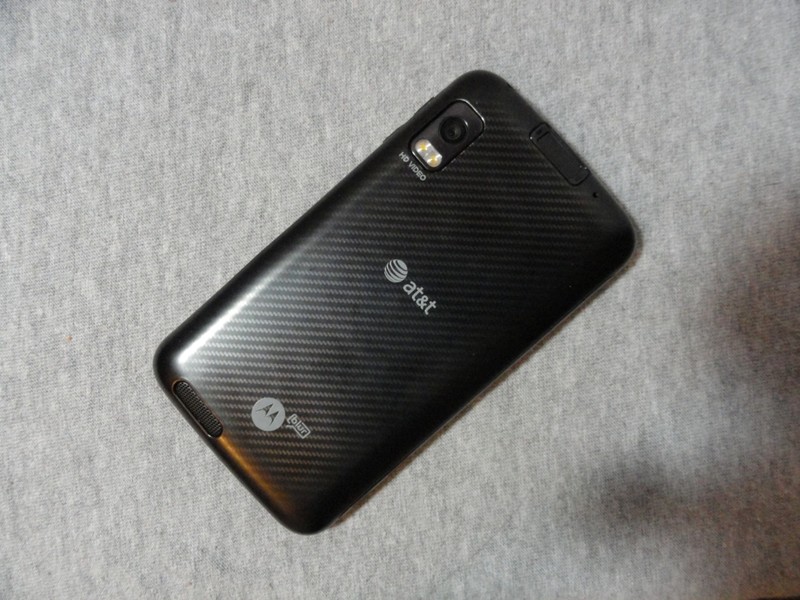
That future isn't quite here yet. Device makers need time for technology to mature, and even more time until it becomes commercially viable. We see tides changing every day in that regard, with the odd smartphone attempting to bring back aged concepts with modern twists every few years.
Some companies don't even bother to try these things out in production devices, with concepts becoming more common closing material for otherwise ordinary product launch events. At the end of the day, all they're really trying to see is whether anyone wants the things they make before pouring millions and billions into research and development.
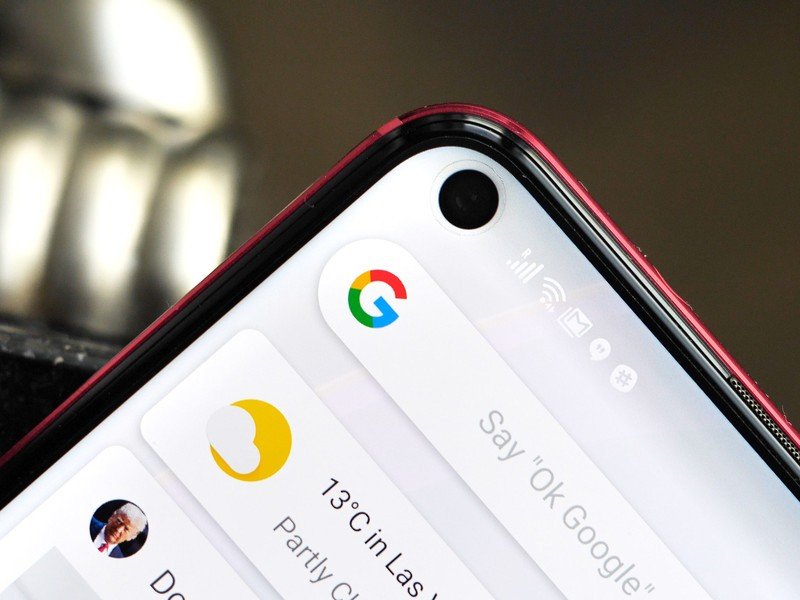
These continuous attempts at reinvention are key because sometimes the technology of the era doesn't match the scope of your vision. It's a tricky game of balance and compromise, which is why the Samsung Galaxy S10 is about to bring a hole punch display that will get these conversations and debates about the current state of smartphone design right back into full swing.
By all means, debate and fuss away. I only ask that we all remember how and why innovation works, and why we must suffer through these periods of questionable design decisions. No respectable consumer electronics company in the world wants to do anything to scare customers away, so instead of vilifying them let's take more time to understand why they do the things they do. Sometimes, those things really don't make sense (seriously, why are we still shunning headphone jacks?), but let's not curse their names without considering the reality of today's market and the desires that drive it.

